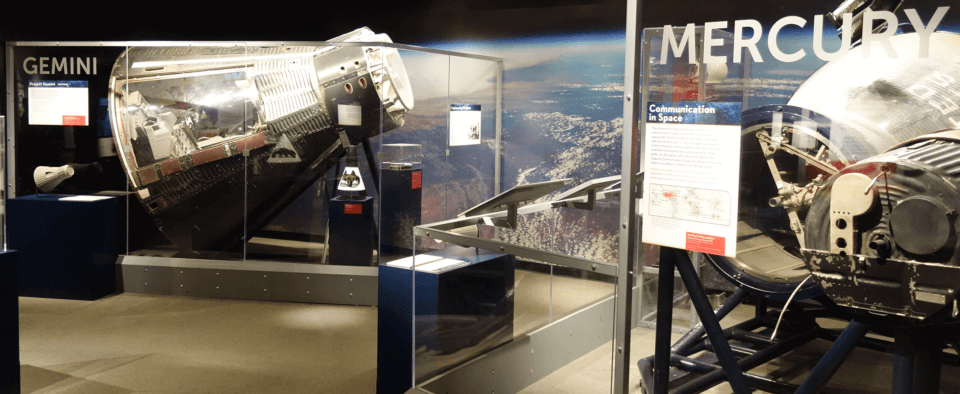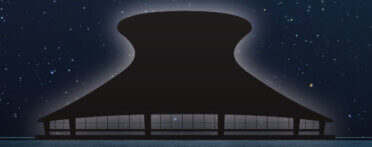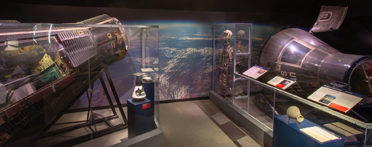From lunar mapping to building spacecraft, St. Louis played a key role in the moon landing
On Saturday, July 20, 2019 at 3:17 pm CDT we will celebrate the 50th Anniversary of the first moon landing when the crew of Apollo 11 proclaimed “The Eagle has landed.”
This historic milestone of science, discovery and innovation is well known and remembered. What most people don’t realize about this achievement is the contributions and impact St. Louis had on the Apollo missions and pushing us closer to this giant leap.
St. Louis’ contributions to the Moon landing:
The McDonnell Aircraft Corporation (MAC) of St. Louis played a crucial role in landing the first man on the moon. The MAC team created space capsules for the Mercury and Gemini missions prior to the Apollo program with the goal of learning more about space and the technology needed to land a man on the moon.
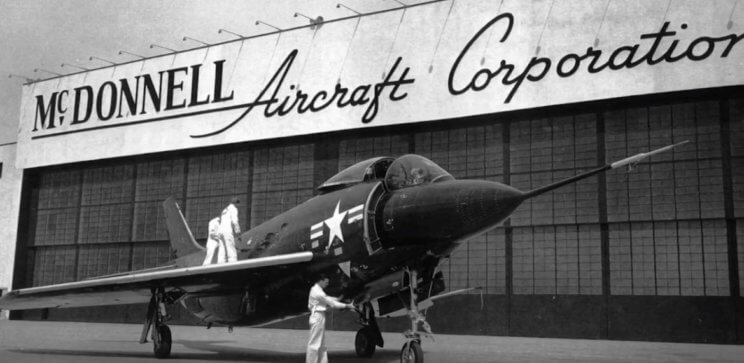
The two-person Gemini 4 spacecraft, built by the MAC team, carried the first American to walk in space, astronaut Ed White. White also became the first person ever to use a hand-held maneuvering device in space. This device was designed and build by MAC. The extravehicular activity or EVA captured the world’s attention in 1965.
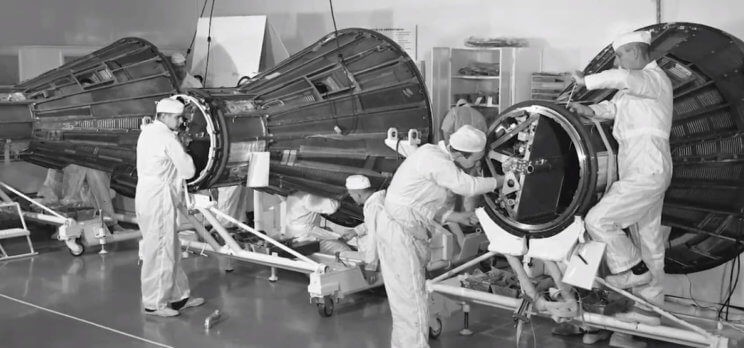

The MAC team built the training simulators used in St. Louis and Cape Canaveral by Mercury and Gemini astronauts. These simulators taught the astronauts how to navigate, rendezvous and dock in space, as well as how to operate life support systems, monitor health, understand emergency systems and maintain the various other equipment onboard the capsules and eventually perform a spacewalk. All of the Mercury and Gemini astronauts came to St. Louis to watch their capsules being built and to train for their various missions in the simulators built in St. Louis.
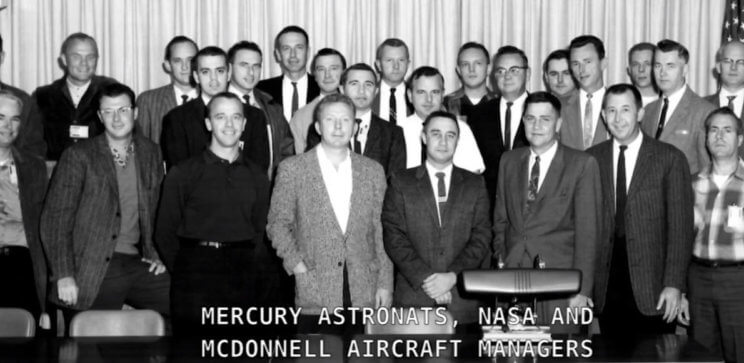

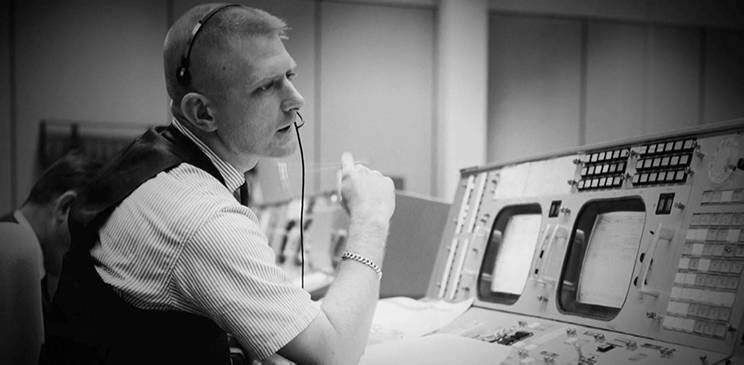
Without these terrific feats made possible by the hard work done in St. Louis, the Apollo 11 Moon landing of 1969 may not have been possible.
To celebrate the upcoming anniversary of Apollo 11 and the contributions of St. Louis, the Saint Louis Science Center is hosting SciFest: Apollo 50th Anniversary Moon Landing Party this Saturday, July 20 from 9:30 to 5:30 pm. Special guests at the event include NASA Solar System Ambassadors, Engineers from MAC’s old team, local Moon experts and more. Come and learn about the science and technology behind the moon landing while celebrating the 50th anniversary.






